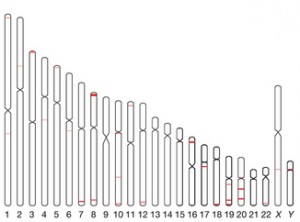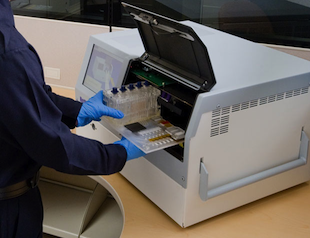A clinical trial testing a therapy for children with fragile X syndrome is closing down, after the sponsoring company announced that the drug, called arbaclofen, was not meeting its goals.
Readers of Emory Health magazine may remember Samuel McKinnon, an arbaclofen study participant who was featured in a 2012 article and video (below).
“We were surprised,†Samuel’s mother Wendy told us Monday. “But we knew going in that there were no guarantees.â€
She reports that Samuel has made significant progress in the last couple of years. He likes playing and talking with the family’s new puppy, Biscuit. Samuel’s language skills have Ray Ban outlet blossomed and he will be headed to second grade this fall. But it’s hard to say whether that’s mainly because of the experimental drug or because Samuel has been continuing to grow and work hard in school and in therapy, she says.
A sizable fraction of patients in the study appeared to benefit from the drug, just not the majority of them, says Emory genetics chair Steve Warren.








